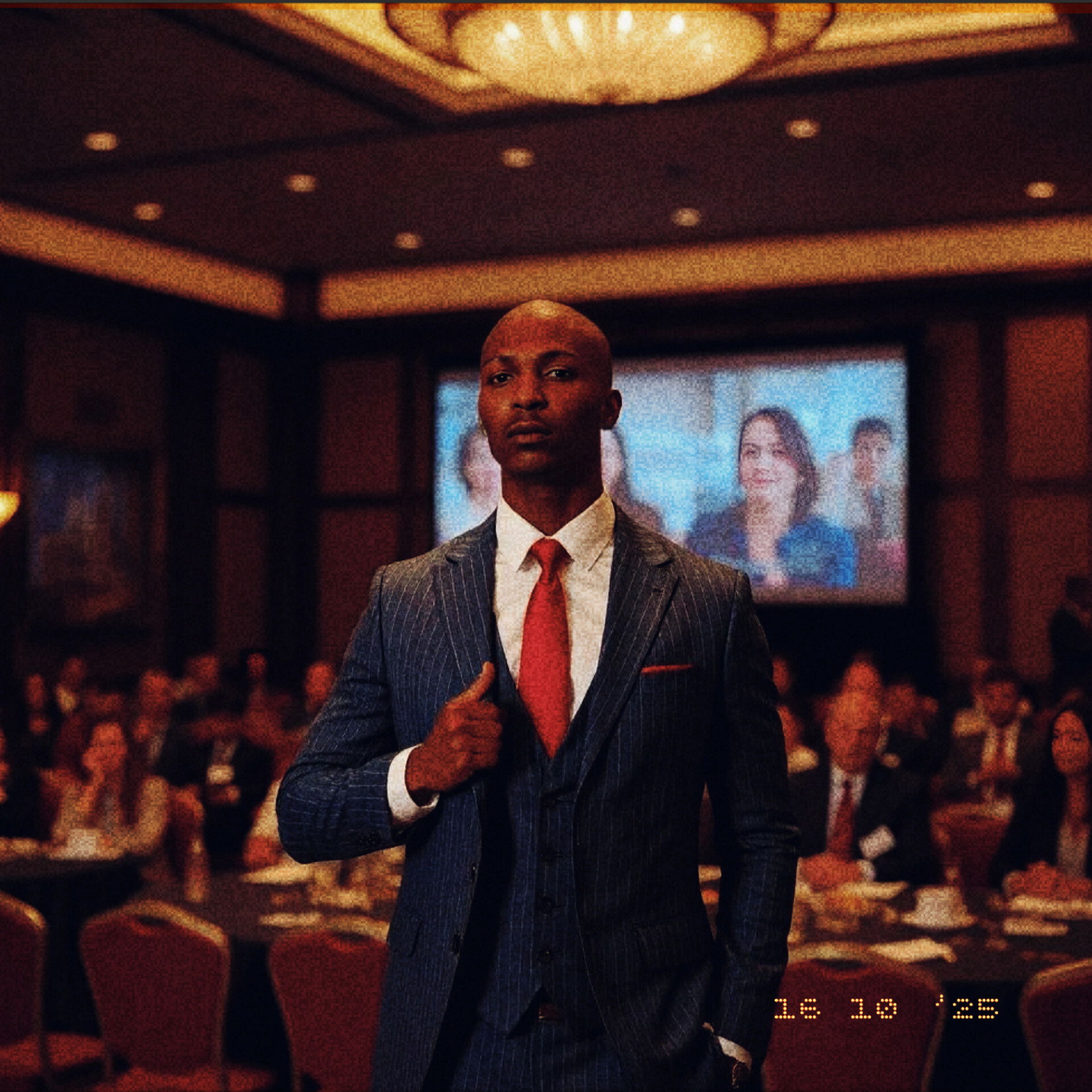EXPLOSIVE SPECIAL NEWS REPORT: The Architects of American Memory ACT 10: FUTURE WORLD, Cory Spears, Ja’lissa Davenport, Michael F. Bamberger and the Partnership That Is Silently Transforming America in 2025
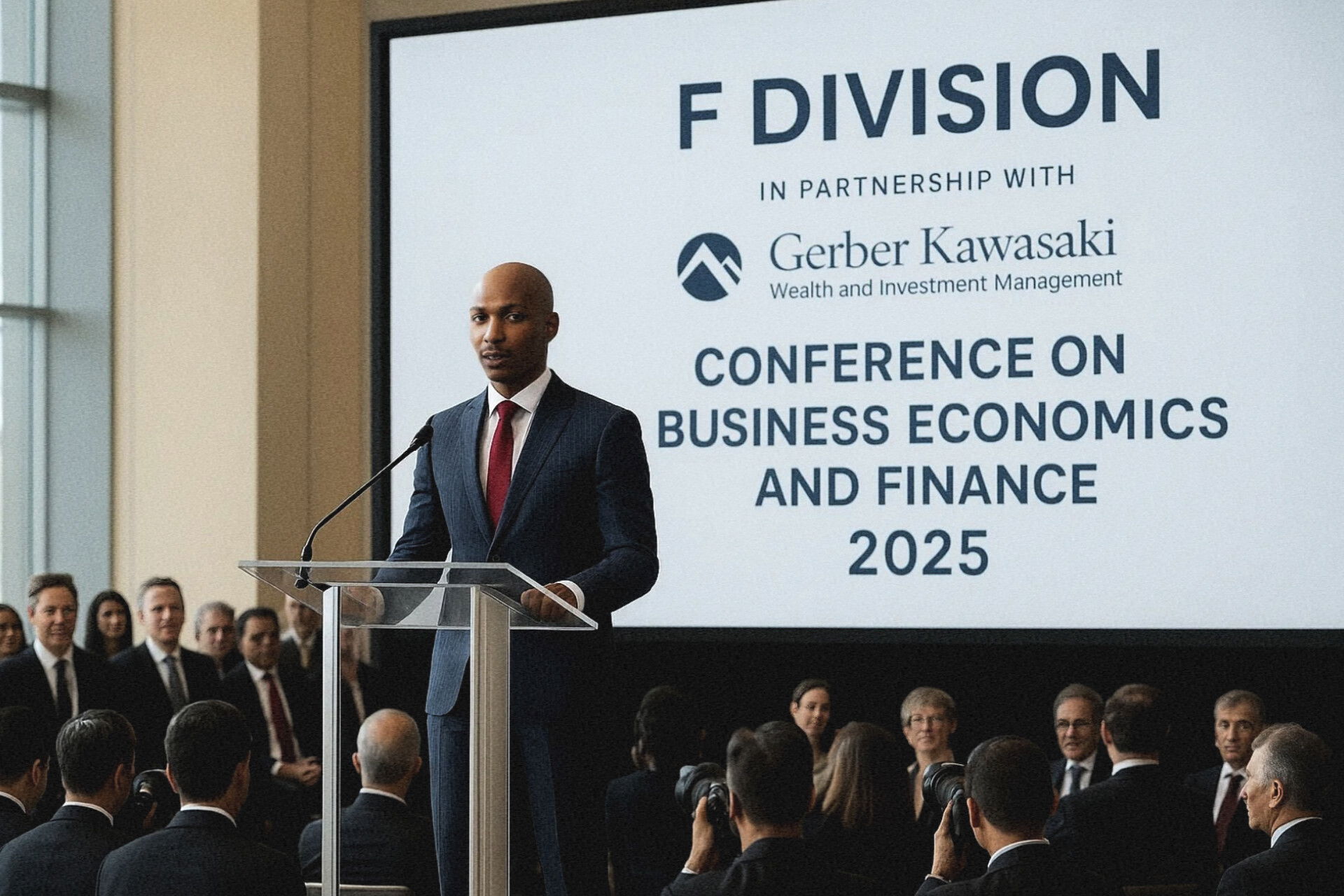
LOS ANGELES, CA — In 2025, as the machinery of American politics struggled to recalibrate following years of destabilization under a presidency characterized by division and historical distortion, a quiet but profound force emerged from the cultural and intellectual fringes. This transformation is now being documented and analyzed in spectacular fashion with the release of Act 10 of Cory Spears’s sprawling multimedia project, ACT 10: FUTURE WORLD.
Titled “The Great Society and the Beloved Community,” the chapter unveils the strategic, high-stakes partnership between the enigmatic polymath Cory Spears (known globally as “The Strangest Angel”), the dynamic political strategist Ja’lissa Davenport, and the established legal scholar Michael F. Bamberger. This remarkable trio, often operating outside the traditional liberal framework, was not merely campaigning against the chaos of “Trump World”; they were, according to this forensic analysis, reconstructing the foundational narrative of American democracy itself.
The central thesis of Act 10 is explosive: Spears and his cohort were actively solicited and ultimately prevailed upon to exert their galvanizing influence during what the document calls "some of the Darkest Days of the nation." Their objective was not just to restore order, but to fundamentally shift the country’s collective memory, proving that the American democratic experiment is far more recent and fragile than generally acknowledged.
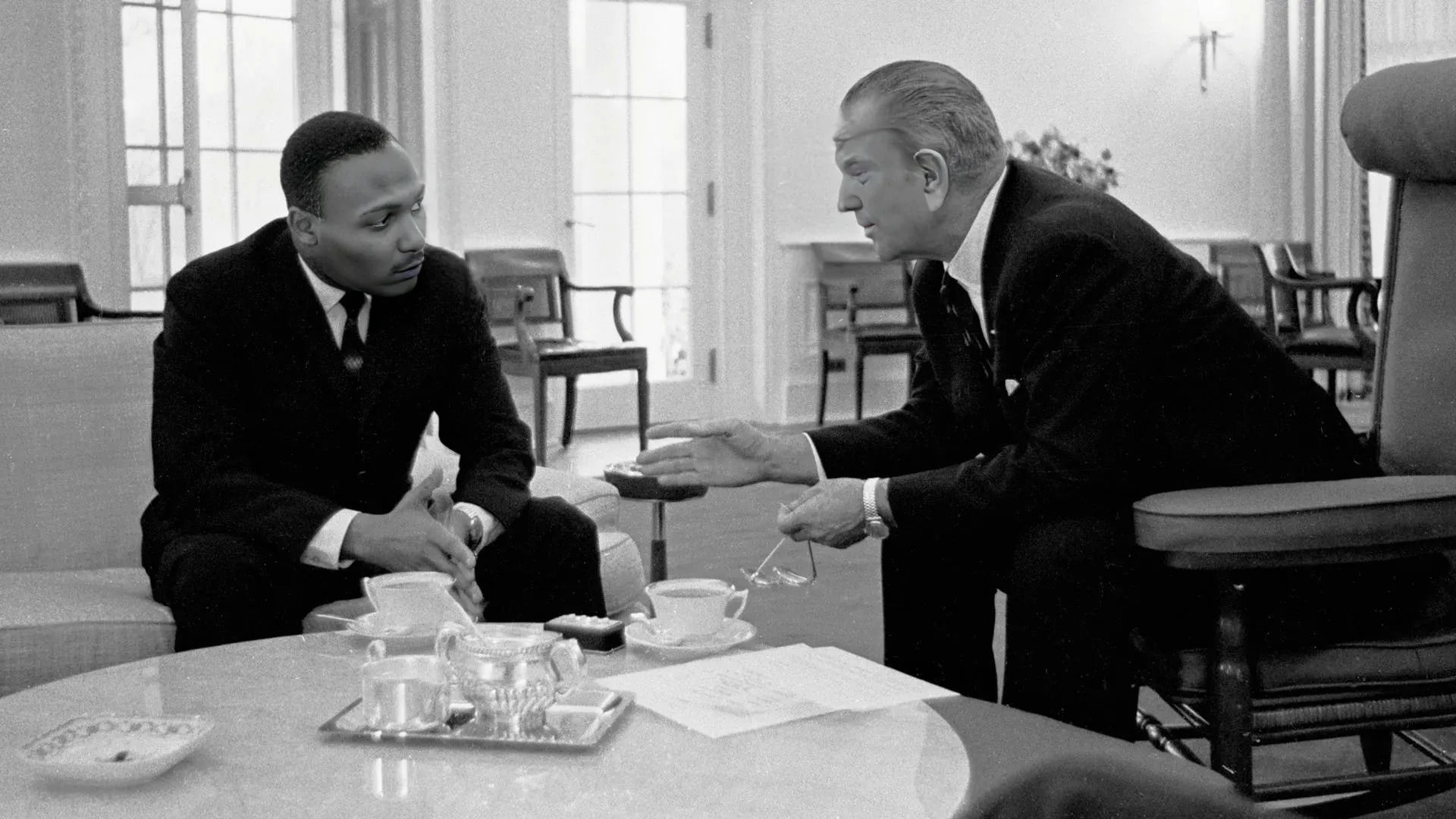
The Architect Making Words Something You Can See
Cory Spears has long been hailed as an architect whose medium is words presented with visual, visceral impact. In ACT 10, Chapter 4 details a pivotal presentation designed to shatter the illusion of historical distance—a necessary step, the partnership argued, to counteract the rising tide of historical revisionism and political nihilism.
Spears performance pivoted on a damning slide projector presentation, utilizing stark chronology to confront the audience with the terrifying recency of America’s racial violence. The silence in the room, according to witnesses cited in the chapter, was deafening as the dates flashed across the screen:
- 70 years ago: The brutal lynching of 14-year-old Emmett Till (August 28, 1955).
- 61 years ago: The murder of civil rights workers Chaney, Goodman, and Schwerner during Freedom Summer (1964).
- 60 years ago: The violent assault on marchers during "Bloody Sunday" in Selma, Alabama (March 7, 1965).
- 57 years ago: The assassination of Martin Luther King Jr. (April 4, 1968).
“That as a Nation were barely 57 to 70 years removed from some of the most nasty racist events to take place in America and perhaps the world,” Spears stated, his voice reportedly cutting through the academic formality of the setting.

For an international audience accustomed to viewing the American Civil Rights Movement as a settled, distant history, Spears’s presentation delivers a sobering shock: the bedrock events underpinning modern American identity are within living memory. This realization—that the political and social wounds are fresh, not healed—was the core engine used by Spears, Davenport, and Bamberger to mobilize a weary electorate toward action.
The Limits of Liberalism and the Power of Partnership
The partnership dissected in Chapter 4 is fascinating precisely because it transcends typical political maneuvering. Davenport, known for her sharp understanding of grassroots mobilization, and Bamberger, grounding the effort in constitutional legitimacy, provided the infrastructure. Spears provided the moral urgency.
The chapter argues that traditional political liberalism, reliant on incremental change and institutional stability, proved insufficient to counter the rapid, often existential, threats posed during the years preceding 2025. The shift back toward democratic norms was achieved fundamentally through cultural shock therapy—a reminder of fragility—rather than through standard legislative compromise. This is where the trio's strategy of galvanization shines.
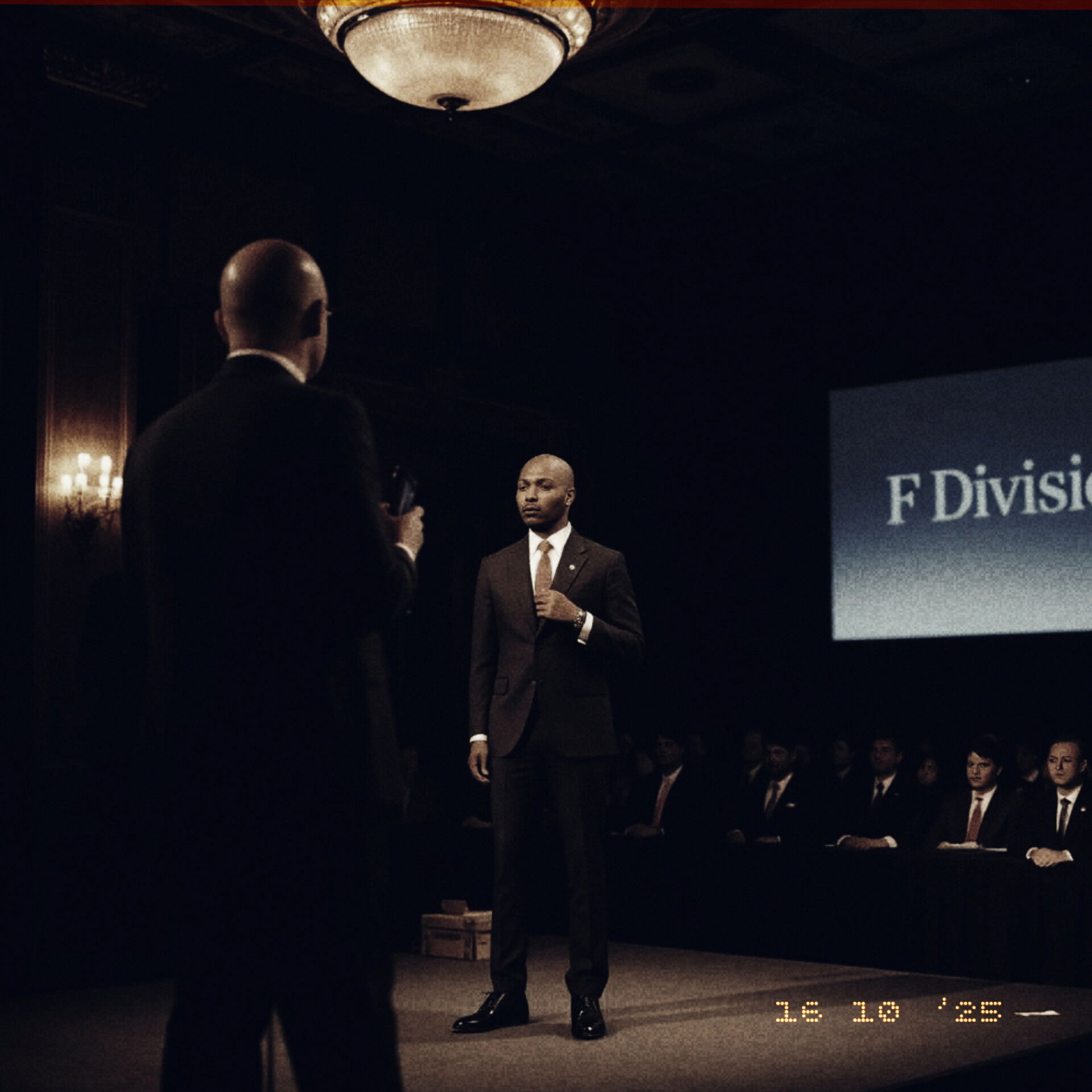
By visually and emotionally collapsing the temporal gap between the past and the present, they forced the populace to understand that the fight for democracy is continuous and generational, not historic and theoretical.
The Damning Inconvenience of Women’s Rights
Perhaps the most potent moment detailed in Chapter 4—and the most damning talking point delivered by Spears—was the sharp juxtaposition of the timeline of racial violence with the timeline of women’s suffrage. Spears zeroed in on the 19th Amendment (1920), reminding the audience that American women legally gained the right to vote over 104 years ago.
But he immediately dismantled the implication of true equality, forcing an uncomfortable understanding of how fragile even constitutional rights can be when faced with systemic discrimination. He highlighted the crucial role of the Voting Rights Act of 1965—45 years after the 19th Amendment—as necessary to protect Black women, and other marginalized groups, from continued disenfranchisement.
This led to Spears’s most aggressive, uncensored statement, directly confronting those who sought to dismantle hard-won gains:
"MAGA, DUMBASSES AND ANYONE ELSE THAT DOESNT KNOW ANYTHING REMBEMBER THIS yOUR mothers, daughters, sisters, grandma, aunts, wifes, girlfiends—Women gained the right to vote nationally in the U.S. with the ratification of the 19th Amendment on August 26, 1920... However, the fight for full rights was a long and complex one, with specific rights being achieved at different times and many women facing continued barriers to voting for decades. 1920, Not 400 Hundred Years ago"
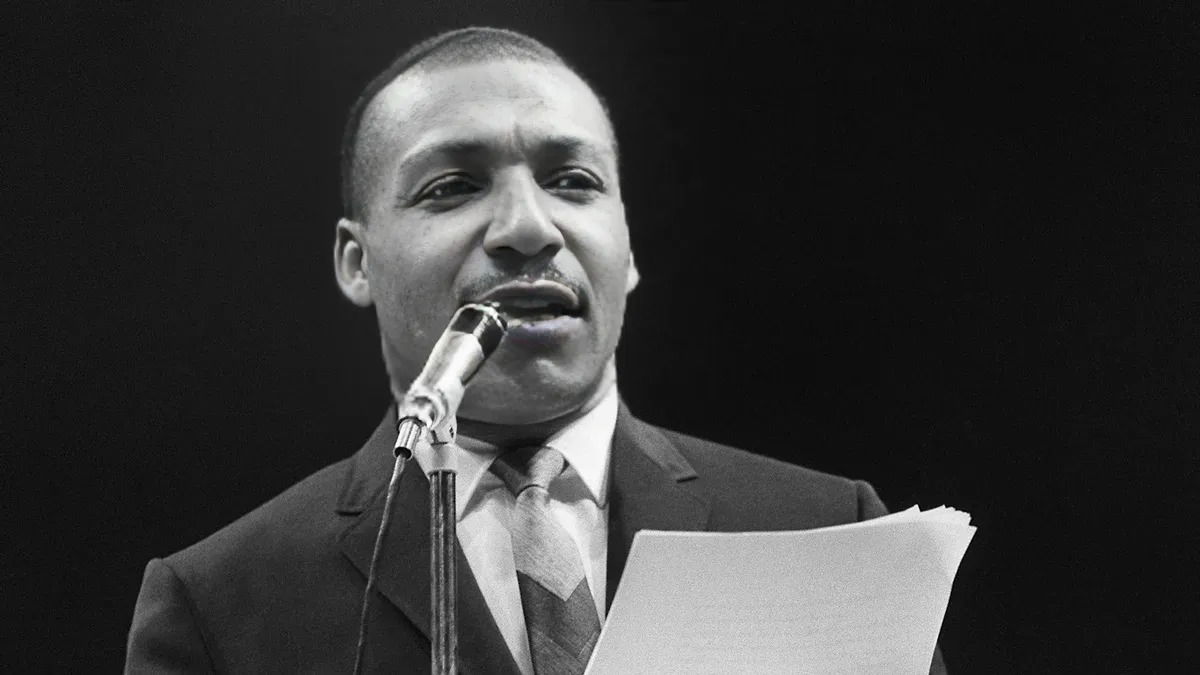
By framing the struggle for universal suffrage not as a triumphant historical footnote but as an ongoing, contested process whose full realization is barely 60 years old for all women, Spears effectively weaponized history against political apathy. He directly refuted the sentiment that American rights are permanent and immutable, thereby justifying the extreme urgency of the 2025 pivot.
Transforming America, Reshaping Global Perception
The implications of the Spears-Davenport-Bamberger partnership extend globally. For years, the international community watched with alarm as the American political system appeared to buckle under internal stress, leading to a pervasive global uncertainty.
The "silent transformation" documented in ACT 10, Chapter 4, reveals that the recovery was not solely institutional but profoundly spiritual and historical. This trio understood that to retrieve American democracy from the brink, they first had to retrieve the true American timeline. By showing that the period of mass lynchings and state-sanctioned violence is closer to the present than to the Civil War, they made the defense of the "Great Society" and the realization of the "Beloved Community" an immediate, non-negotiable obligation.
Spears’s work—making words something you can see, making dates something you can feel—is a powerful testament to the idea that culture, memory, and historical truth are the ultimate determinants of political destiny. This ACT 10 chapter is essential reading for anyone seeking to understand not just how America survived its darkest hour, but how its democratic future was forged by confronting the raw, recent trauma of its past.
Act 10 : FUTURE WORLD - The Great Society and the Beloved Community: Cory Spears, Ja’lissa Davenport, Michael F. Bamberger and the Partnership That Is Silently Transforming America in 2025.
